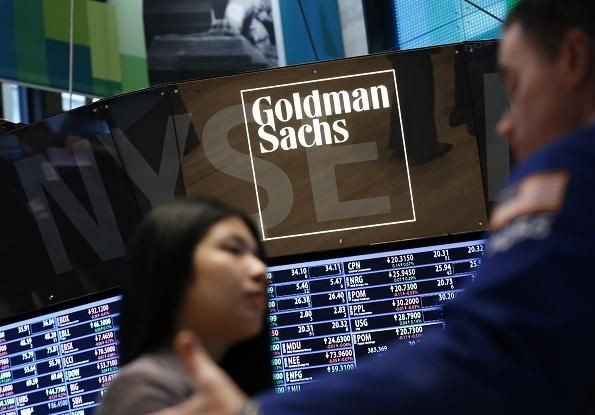Goldman Sachs Group Inc (GS) Earnings Preview: A Bleak Q4 Due To Low Trading Revenue

Goldman Sachs Group Inc. (NYSE:GS), the fifth-largest bank in the U.S., may have had a worse fourth quarter than its competitors in the banking industry, and it is expected to report a 23.7 percent decrease in earnings per share in the fourth quarter of 2013 as a result of a steep decline in trading revenue.
The investment bank will report fourth-quarter earnings on Thursday before markets open. Analysts, polled by Thomson Reuters Eikon, expect Goldman Sachs’ net income to drop 25.2 percent to $2.12 billion compared to the same quarter last year, while earnings per share are expected to fall from $5.60 to $4.27.
Revenue is projected to drop 16.5 percent, from $9.24 billion in the fourth quarter of 2012 to $7.71 billion. Excluding one-time items, analysts expect earnings per share of $4.23 from $5.60 in the fourth quarter of 2012.
All corners of big banks’ trading operations have been experiencing a slump this year, so Goldman Sachs’ troubles are by no means theirs alone -- lackluster markets are expected to lead to year-on-year Fixed Income and Currency and Commodity (FICC) trading revenue decline averaging 11 percent across Bank of America Corp (NYSE:BAC), JP Morgan Chase & Co. (NYSE:JPM) and Goldman Sachs. The difference is, however, no other bank depends on revenue from trading as heavily as Goldman Sachs does.
“We see core FICC down about 21 percent year-on-year [in the fourth quarter of 2013] driven by less client activity in October due to budget negotiations and a tough 4Q12 comp,” Citigroup Inc. analyst Keith Horowitz wrote in a research note. Even though FICC trading in the fourth quarter of 2013 was weighed down by weaker mortgages and commodities, it did show a 30 percent increase compared to the third quarter of 2013.
The sector has traditionally been a crucial profit engine, and unfortunately, this would be Goldman Sachs’ worst year for FICC trading since the financial crisis. By comparison, rival Morgan Stanley (NYSE:MS) is expected to post an 8 percent increase in the sector, though their FICC business is considerably smaller than Goldman Sachs’.
In terms of returns, even though revenue across the banking industry dropped, and regulators now require banks to fund more of their business with equity capital generated from selling stock or retaining earnings, Goldman Sachs has consistently reported better return on equity (ROE) numbers than its competitors. In the fourth quarter of 2013, Goldman Sachs is expected to report a 12.1 percent ROE, according to Horowitz, while the full-year figure for 2013 will probably be around 10.8 percent, significantly above competitors.
But compared with itself, those ROE numbers in the low teens are a far cry from the 33 percent Goldman was able to pull before the financial crisis, when profitability peaked in 2006. In 2014, ROE is likely to stay around 10.4 percent, and Horowitz estimates that it will remain below 12 percent through 2016. Brad Hintz at Sanford C. Bernstein & Co. predicts that new banking rules will keep ROE below 15 percent for a very long time.
© Copyright IBTimes 2024. All rights reserved.




















